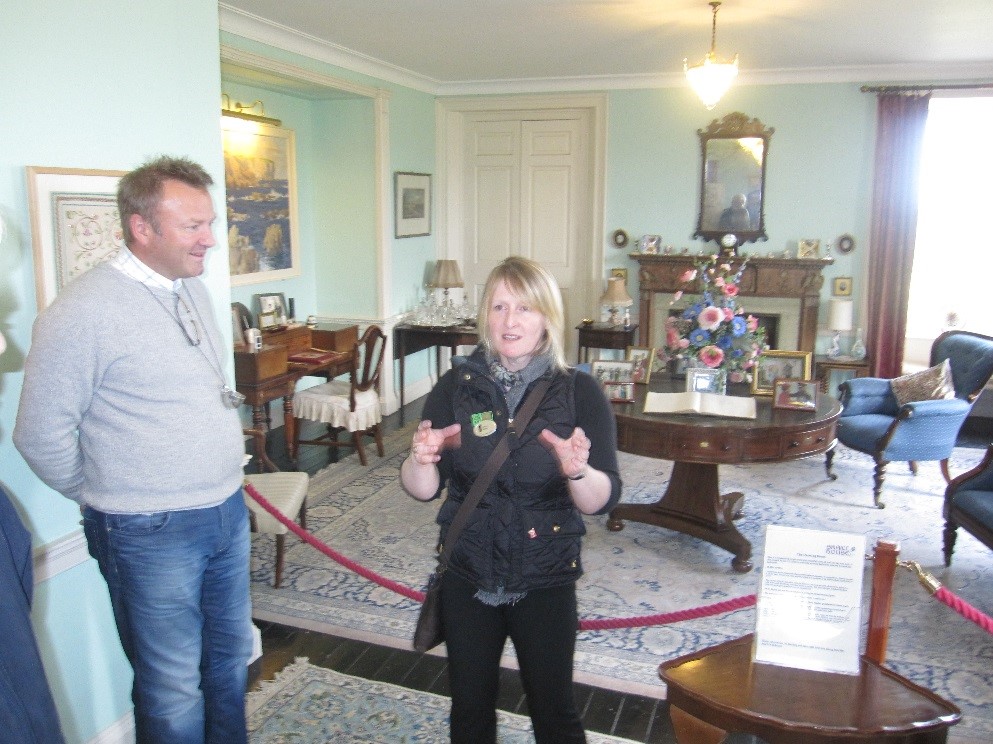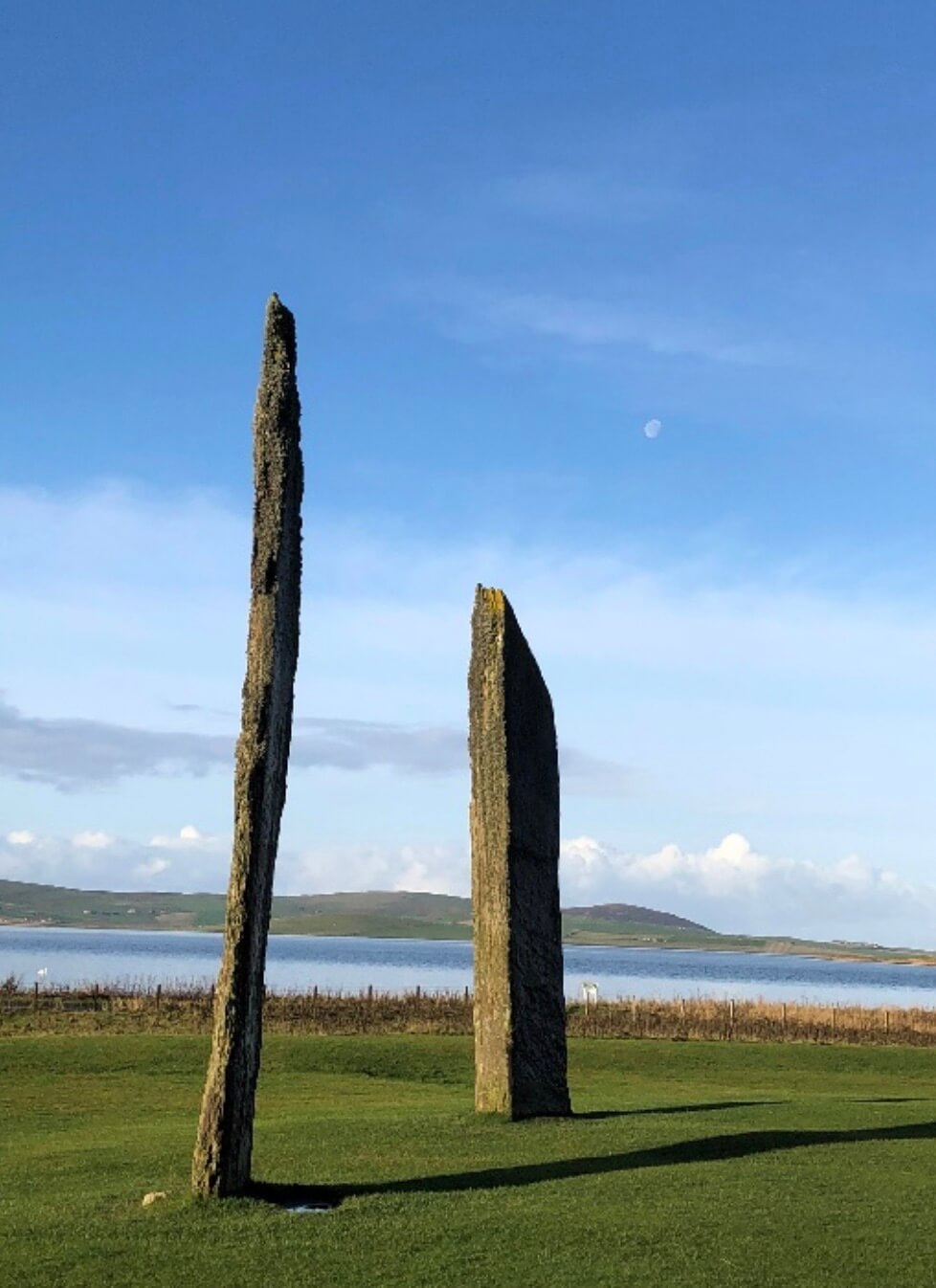Ancient Orkney
Maeshowe is the finest chambered tomb in north-west Europe and more than 5000 years old.
It was broken into in the mid-twelfth century by Viking crusaders who carved graffiti runes on the walls of the main chamber.
In 1999, Maeshowe was designated part of the Heart of Neolithic Orkney World Heritage Site, along with Skara Brae, Ring of Brodgar and the Stones of Stenness.

This entrance passage is 36 feet (11 m) long and leads to the central almost square chamber measuring about 15 feet (4.6 m) on each side.
To enter Maeshowe you need to be able to crouch low for the 11 meter entrance.
Skara Brae

Skara Brae is a 5000 year old Neolithic village thought by many to be the best preserved from this era in Europe.
After a winter storm in 1850, the Laird, William Watt of Skaill discovered a number of stone buildings. An excavation initially revealed four Neolithic houses. Work ended in 1868 but once again in 1925 a storm damaged the site following this the full extent of Skara Brae was uncovered as we know it now.
Skaill House, one of Orkney’s finest manor houses. Its first owner was Bishop Graham in 1620 and is still owned by a relative Malcolm McRae. Visitors to the house can see how it has evolved with changes and additions made by each generation. The house is home to wealth of artefacts collected by the family. One of our favourites is Captain Cook’s dinner service.

Lorna giving a tour of Skaill House
The Ring of Brodgar is thought to have been erected 4000 to 4500 years ago. The Ring is over 100 metres across, 27 of the Stones remain standing. There were possibly 60 standing stones originally. The Ring of Brodgar is the third largest stone circle in Britain.

The Standing Stones of Stenness are older than The Ring of Brodgar and the stones taller. The diameter of this ring is 44 metres and only four of the original twelve stones are still in place. It is also thought to be one of the oldest stone circles in Britain.

Brough of Birsay
A settlement of Picts and Vikings
A tidal island off the north coast of the Orkney mainland, the Brough of Birsay was intensively settled from the 7th to the 13th centuries AD. The remains of a 9th-century Viking-Age settlement, 12th-century monastery, together with traces of an earlier Pictish settlement of the 7th and 8th centuries.
The Island also offers fantastic scenery, a lighthouse and the possibility of seeing puffins.

The Brough of Gurness, Evie
Until the summer of 1929, the site of the Broch o' Gurness was nothing more than a massive, grassy mound by the shore.
The remains of the Broch were discovered by Robert Rendall, an Orcadian poet and antiquarian. Many ancient sites in Orkney have been found by accident and this was no exception.
The Broch is thought to have been built between 200BC and 100BC. Standing about 8 metres high and an internal diameter of 20 metres. A tall easily defended tower surrounded by a series of smaller dwellings and circled by three ramparts and three ditches.

